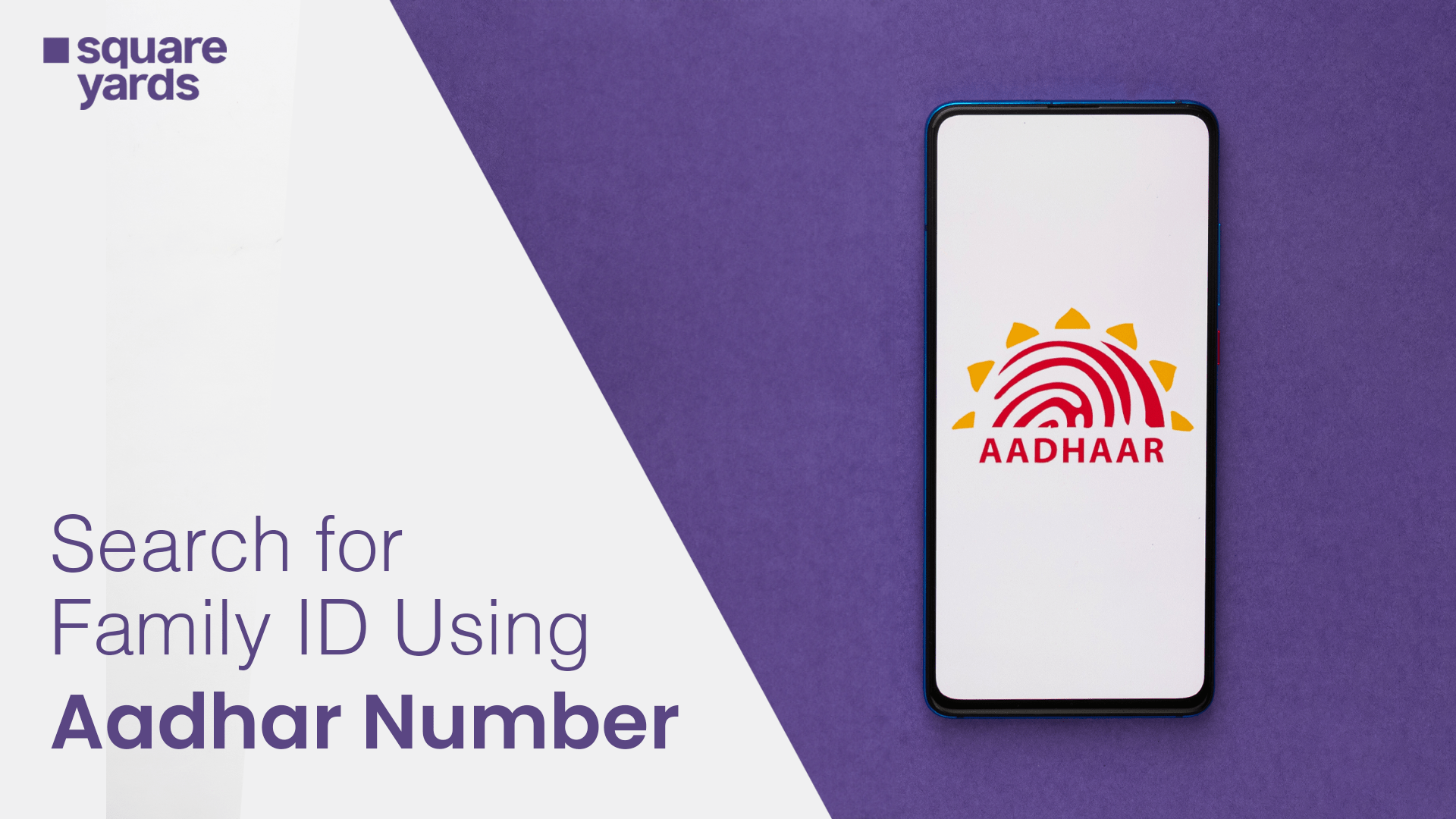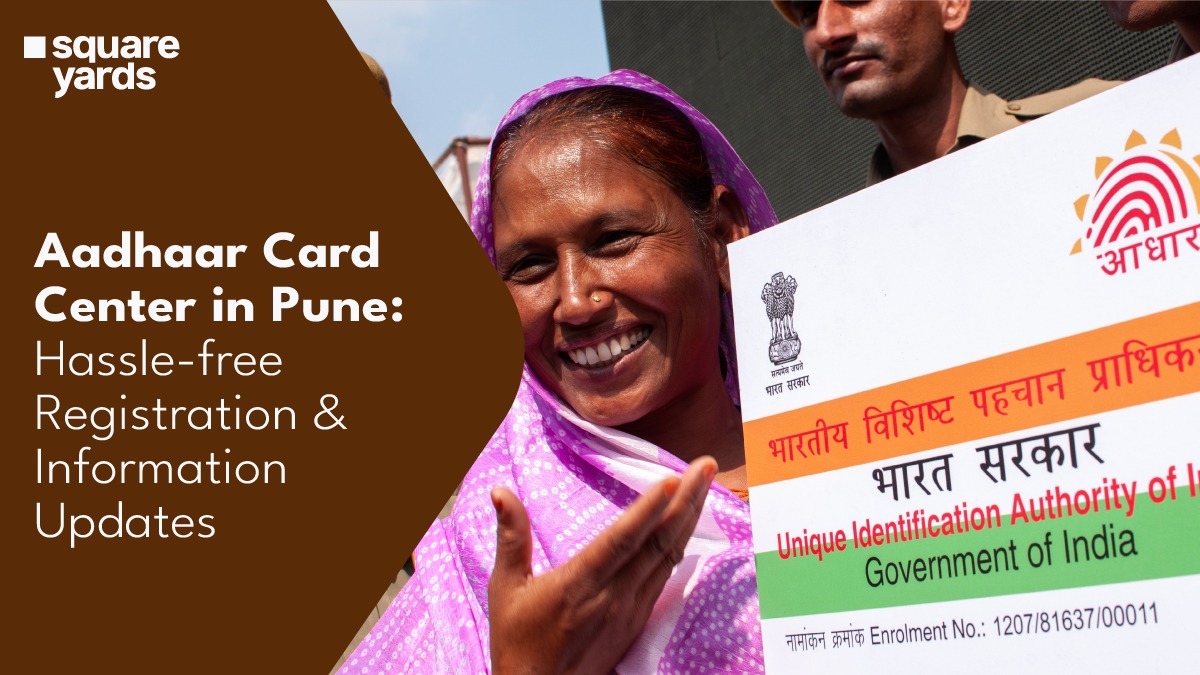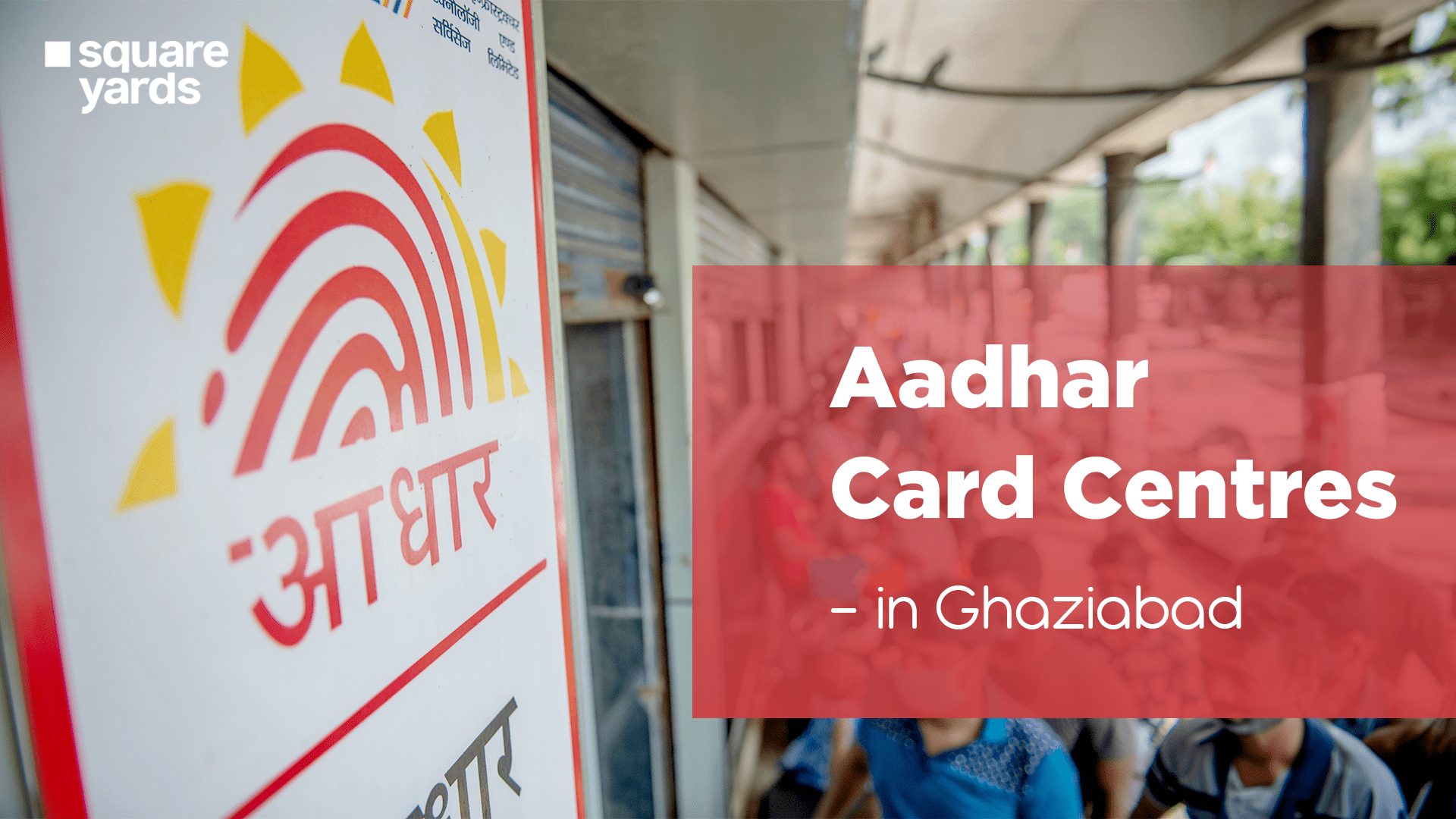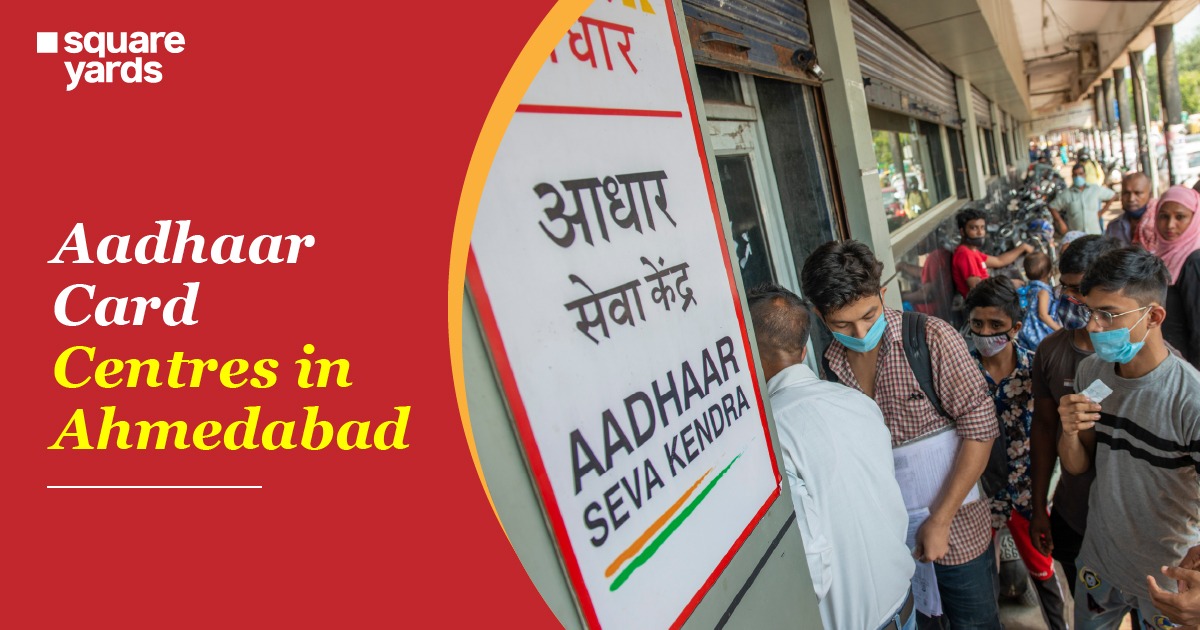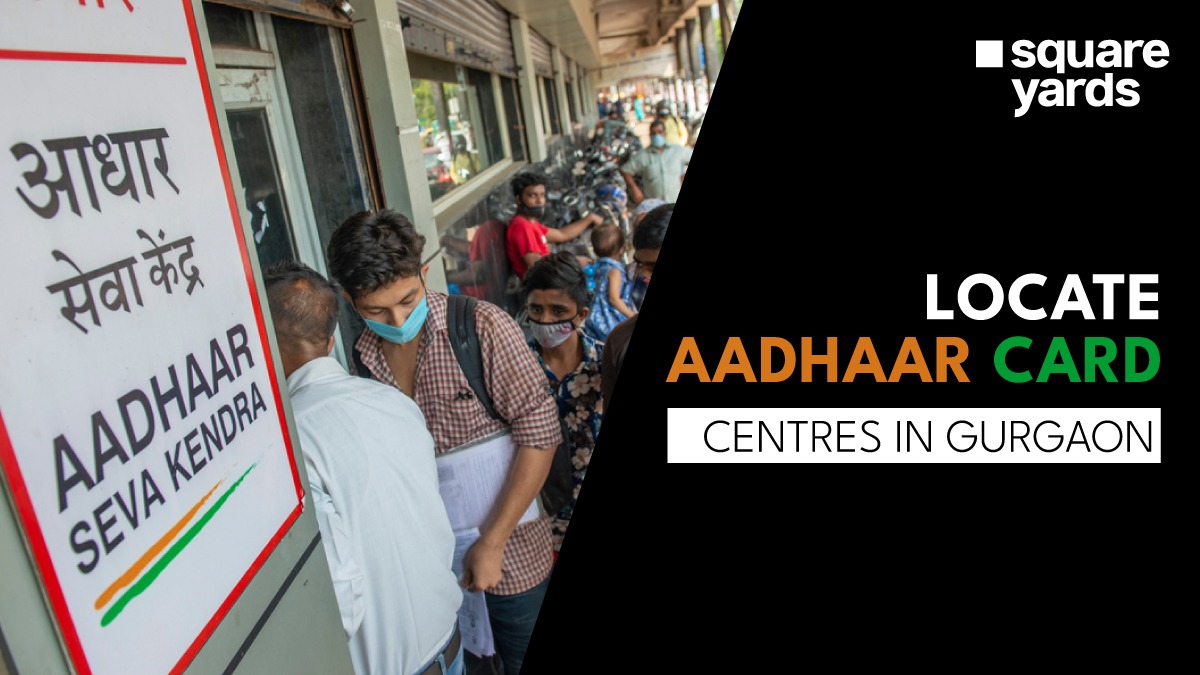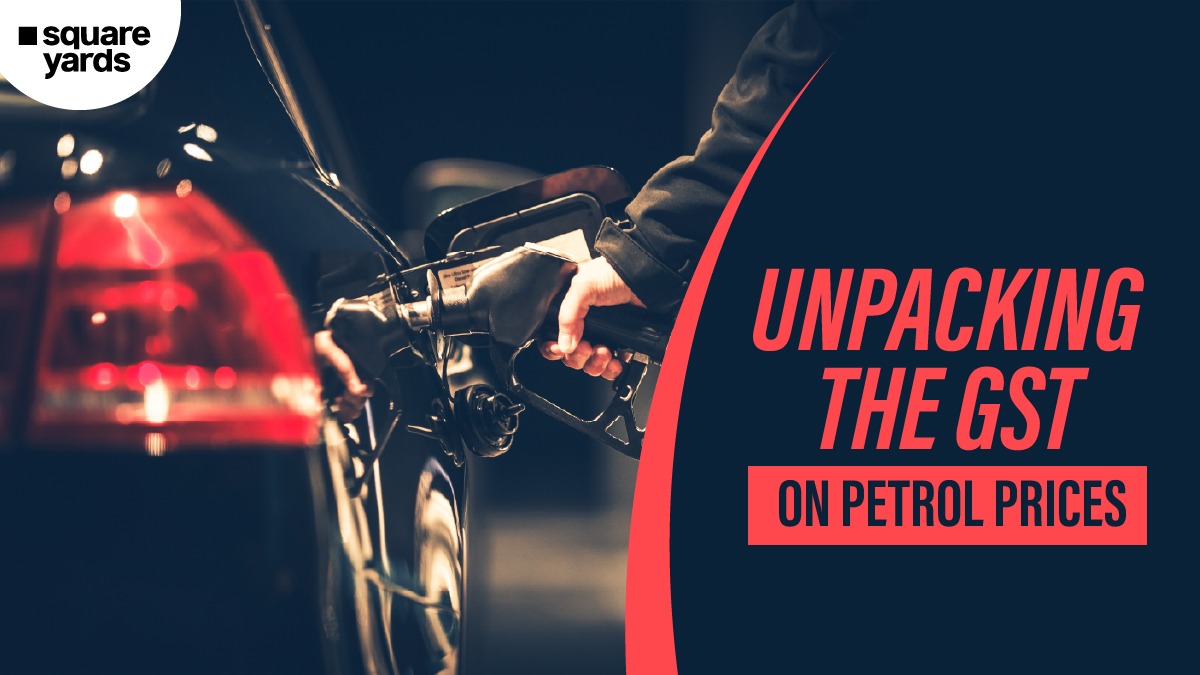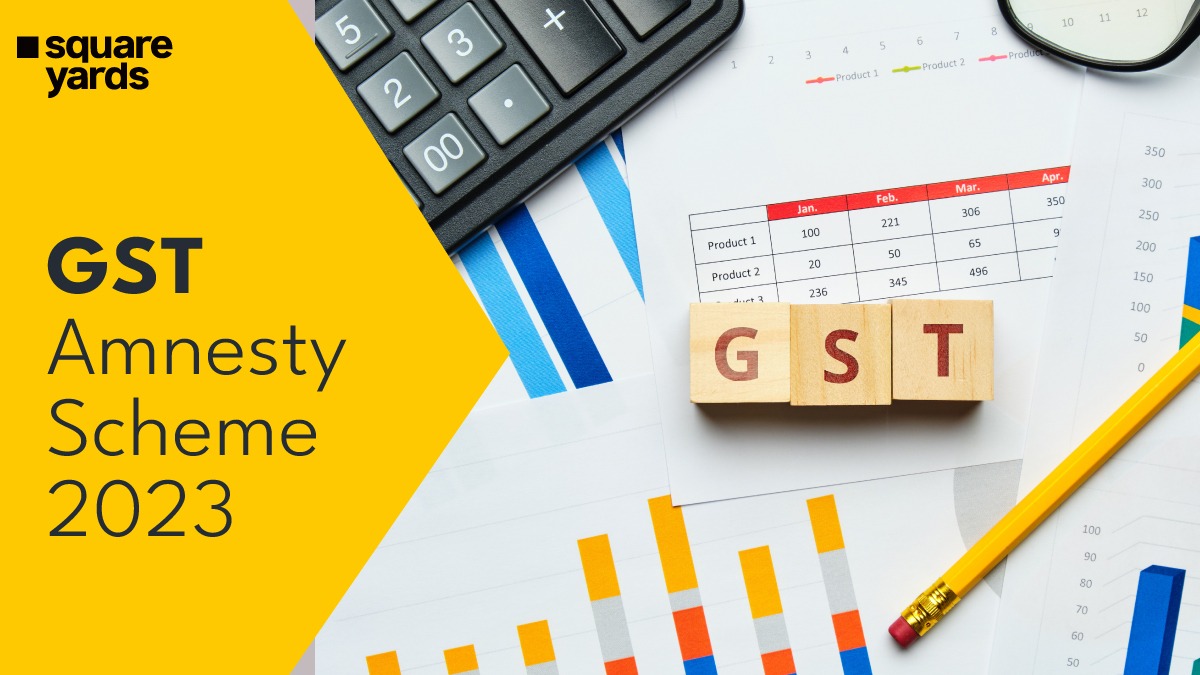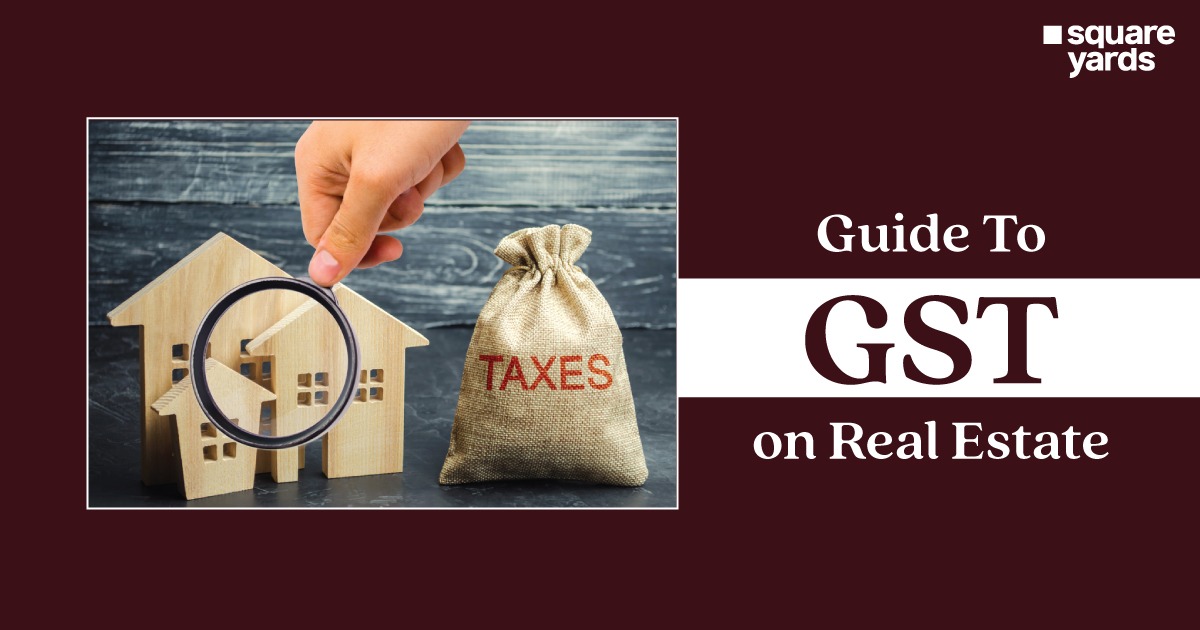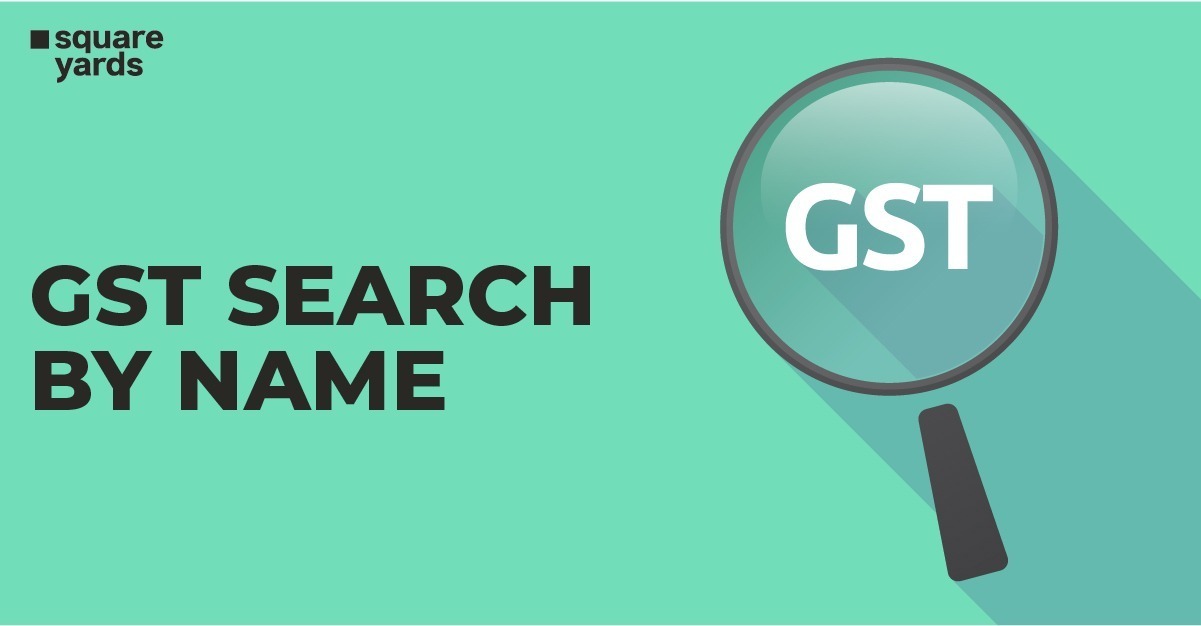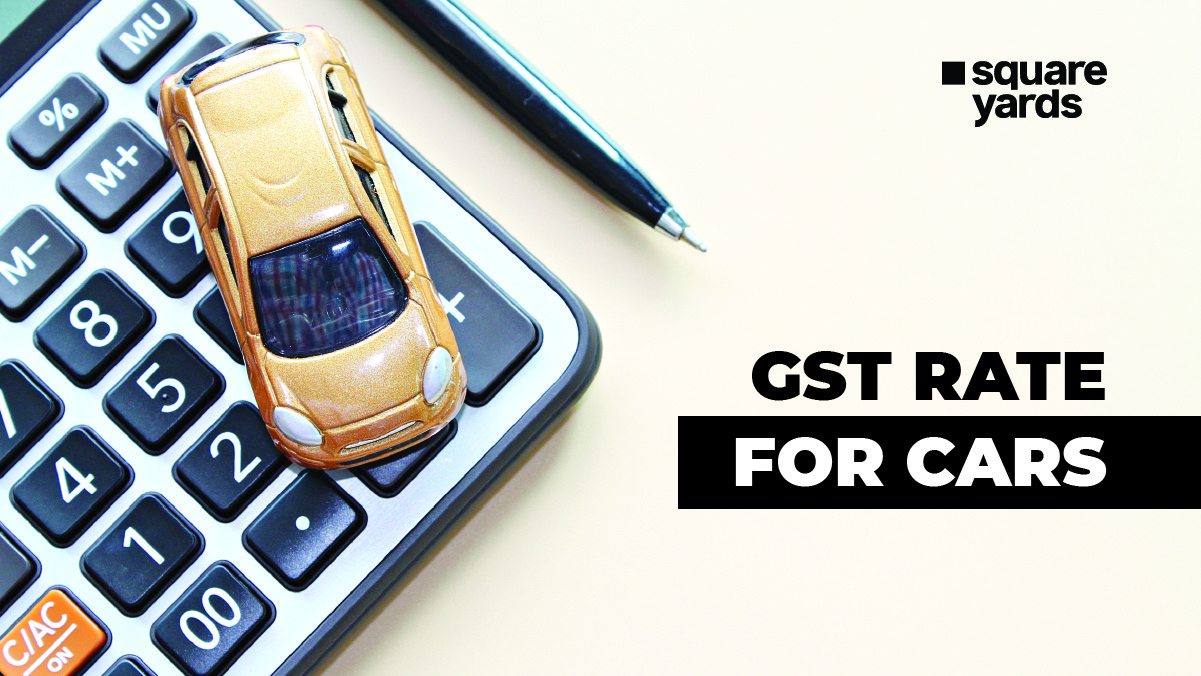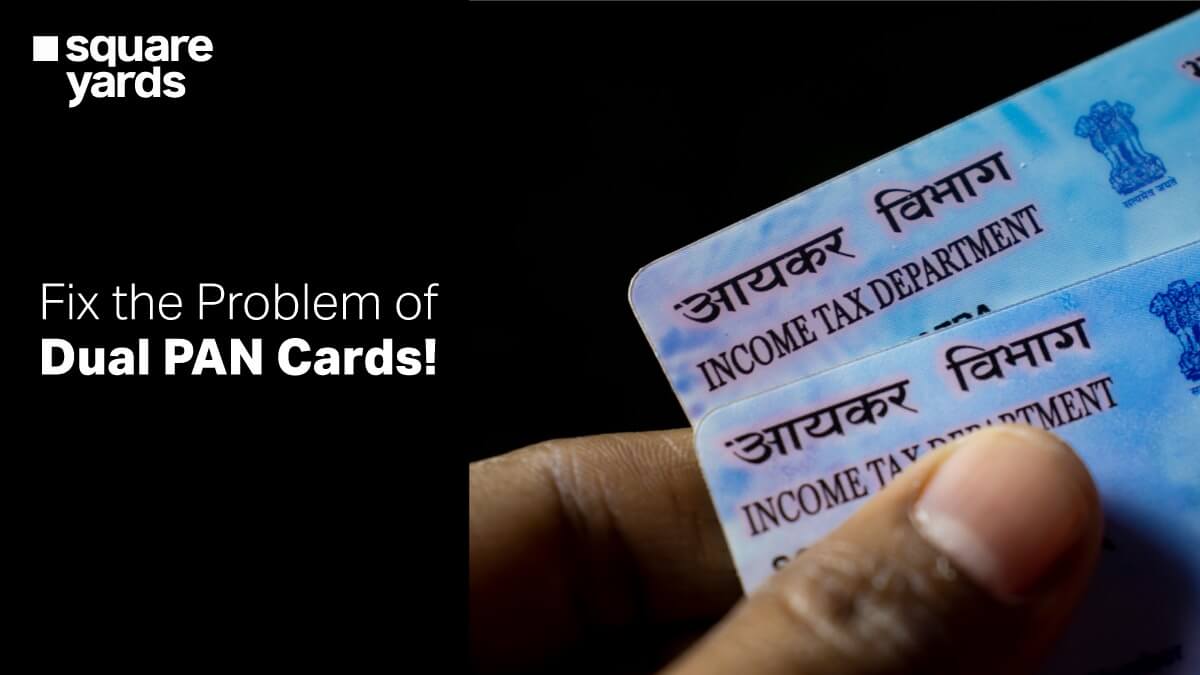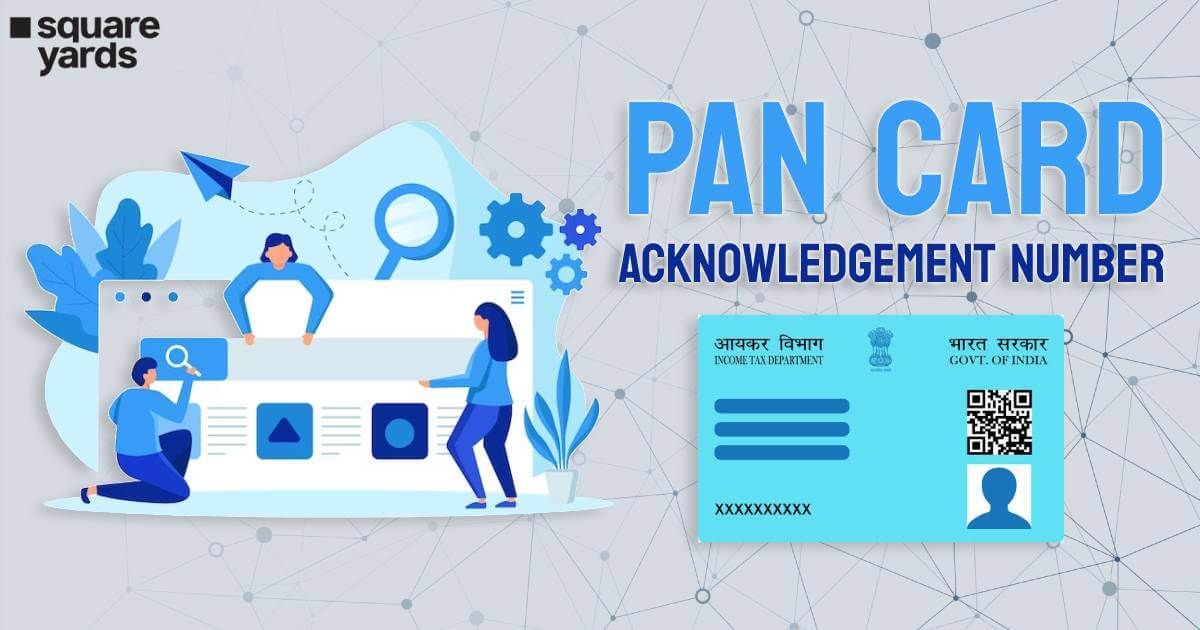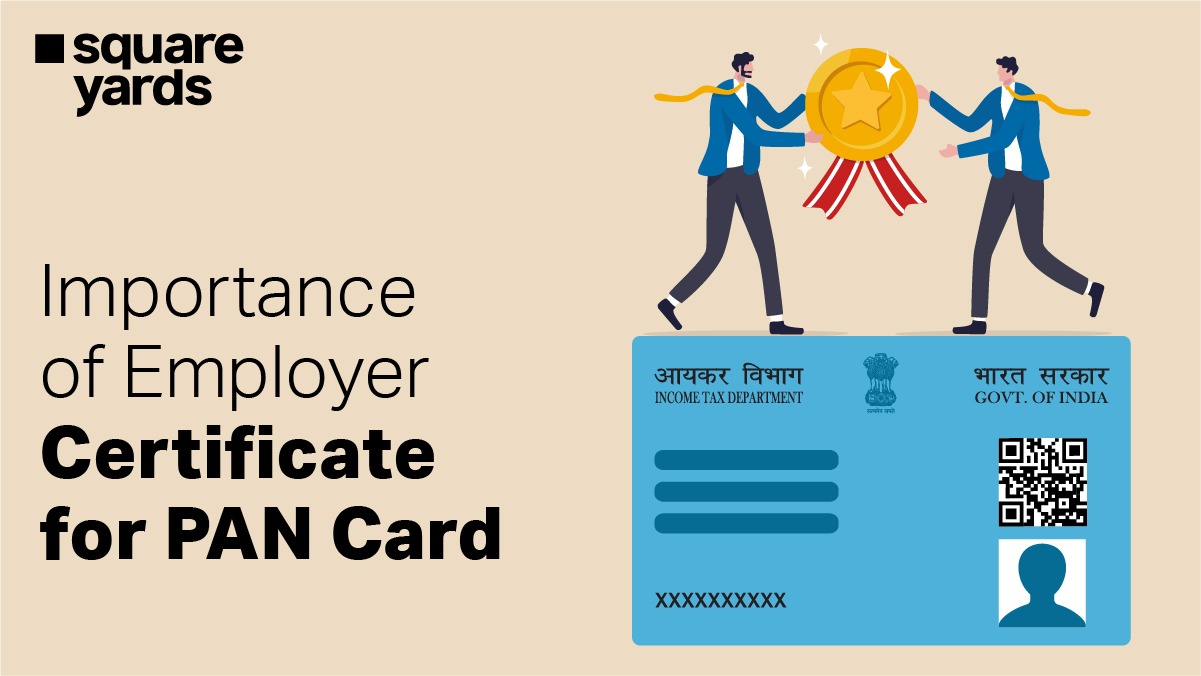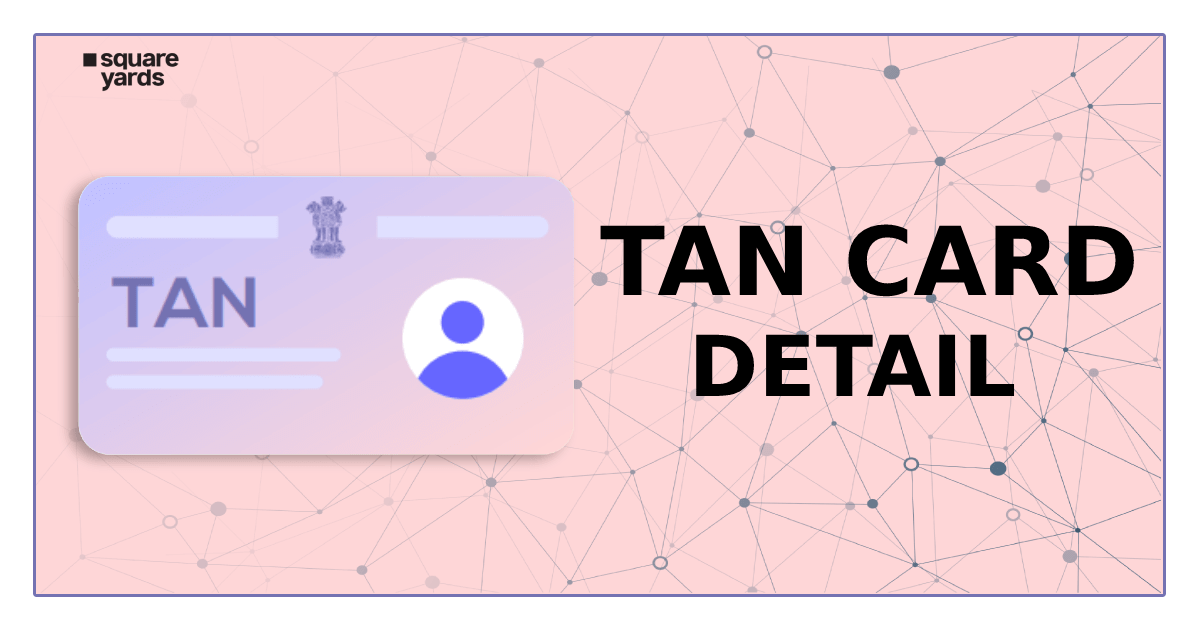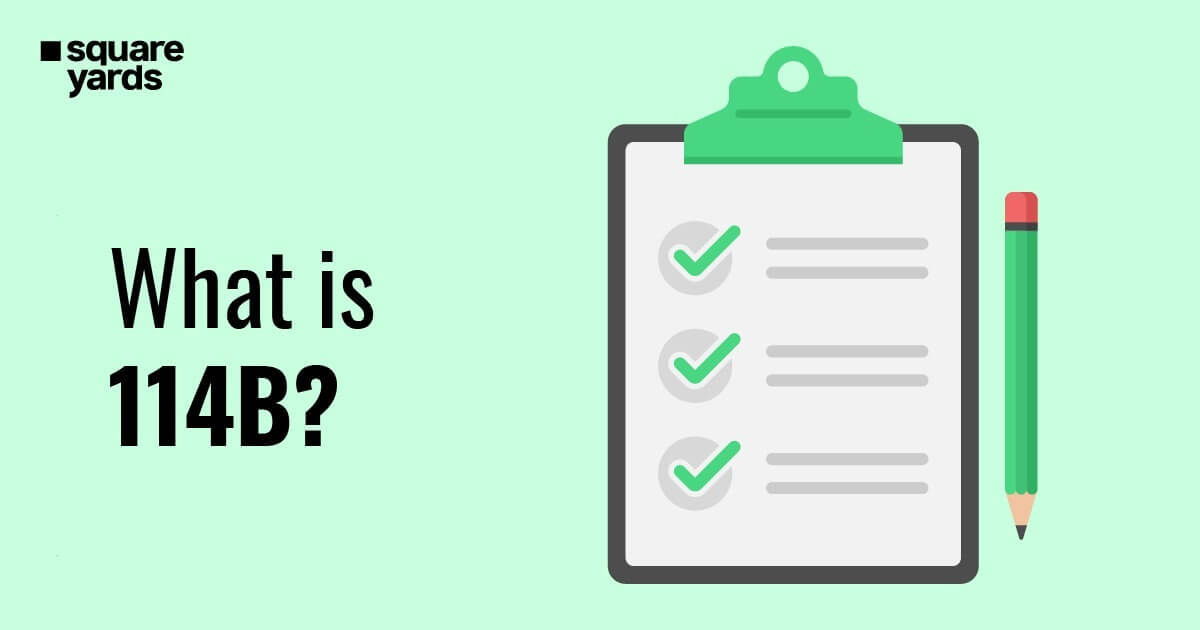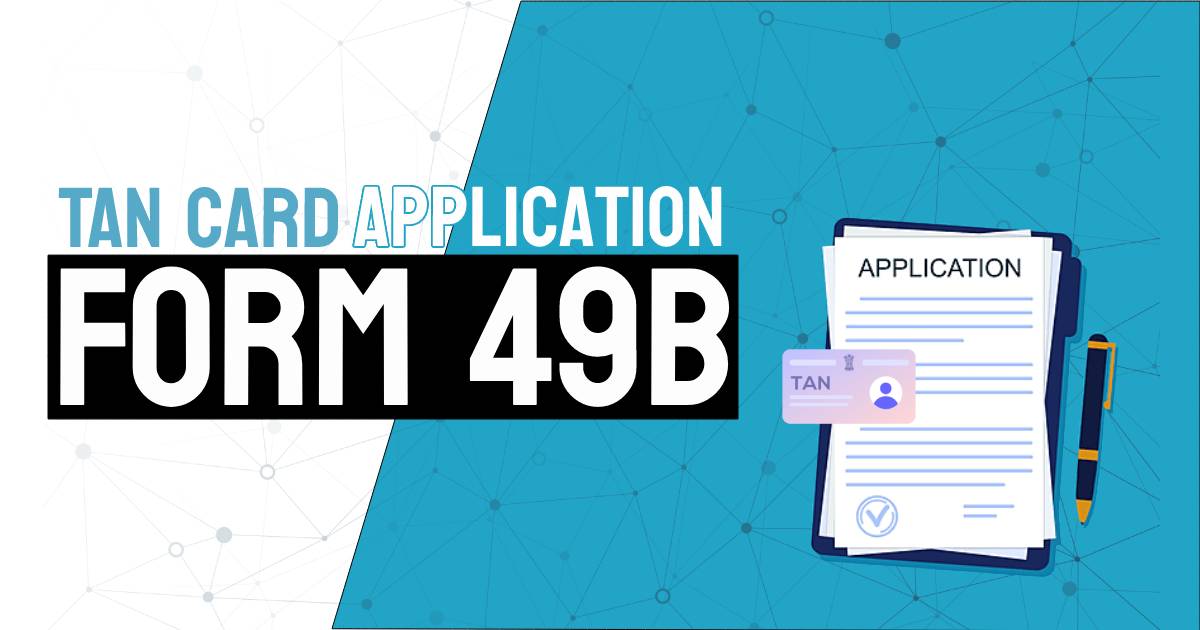In a democratic country like India, the regularised flow of money for governing the affairs comes from the citizens. The government collects this money in the form of taxes from the people. Different goods and services are subject to different tax rates and laws, in order to facilitate the development of the nation.
Introduced in the 6th Constitutional Amendment, the central sales tax quickly became one of the most integral parts of the tax regime of the nation. The introduction of this tax led to massive development in the commerce and trade sectors of the country. In this blog, we will talk about the definition of central sales tax, the objective of the central sales tax act, rules, taxation rates and much more. Let’s begin!
What is the Central Sales Tax Act?
The Central Sales Tax of 1956 was introduced in India to regulate the scope and rules of Sales Tax all over the country. This act was announced as a part of the 6th constitutional amendment in order to introduce a legislative umbrella for the tax on inter-state sale/purchase of goods. The rules of this act were implemented in 1957 and act as the framework for the implementation of Central Sales Tax in India.
This act makes provision for the definition of inter-state trade, CST applicable transactions, fines and penalties, relevant goods for inter-state trade, restrictions of trade, and all other relevant details regarding the law.
Why was Central Sales Tax Implemented?
The Central Sales Tax in India Was implemented by the government in an effort to make the tax collection process of the country more efficient and streamlined. Given below are some of the major reasons the central sales tax was implemented:
- This Central Sales Tax Act makes provisions for the implementation, collection, and regulation of taxes collected on the inter-border sale or purchase of goods/services.
- This act has drafted policies to determine the conditions for the interstate sale/purchase of goods and services.
- Categorising certain goods and services as essential for the development of trade and commerce.
- Setting up and regulating relevant authorities to settle disputes and address grievances regarding interstate sale/purchase.
Who Pays Central Sales Tax?
The central sales tax is applicable when it meets the following criteria:
- Central sales tax is not applicable in the case of import or export from India.
- The dealer involved in such a transaction should be registered under the CST act.
- The sale should be made inter-state, this means that the sale should not occur inside the state.
Once the above conditions are fulfilled the CST rate is applicable on the turnover which is calculated on the basis of the sale price. The payment is to be made by the dealer who is selling the goods in the inter-state transaction. The rate of taxation also depends on the state the sale is being made in.
Central Sales Tax Rate in India
The rate of central sales tax in India was first determined in the Act of 1957 and has been subject to change since the laws came into force. The initial rate of taxation was 1%, which was then gradually raised to 2%. The CST taxation rate was then raised to 4% in the 1975 amendment. The Central Sales Tax act states essential goods and services that are not liable to be taxed. This ensures that essential commodities are available and traded with ease.
An amendment in 2007 saw the CST taxation rate go down to 3% from the previously applicable 4%. The rate was further reduced to 2 % in 2008 in order to make the rates more consistent with the newly introduced GST regime.
Central Sales Tax Rules
The central sales tax in India was introduced to make inter-state tax collection easier and more efficient. The Central Sales Tax Act was introduced in 1957, this act states the rules that an individual has to comply with during interstate trade. Some of the main rules of this tax are as follows:
- An individual wishing to register to the CST scheme has to submit Form A as stated under section 7 of the CST Act. The application needs to be duly filled and signed by both the applicant and the relevant local authority.
- Only one application per applicant will be considered by the authorities. This holds true even if the individual has several places of business in a certain state.
- The proprietor is required to keep the registration certificate at the main place of business and other locations should have a copy of the registration certificate.
- If the individual has lost or misplaced the registration certificate, the proprietor has to apply for a duplicate by making payment in court fee stamps.
What are the Different Central Sales Tax Forms?
The dealers who wish to comply with the Central Sales Tax laws have to issue certain declarations to sellers/buyers. There are certain forms provided by the CST authorities for this very reason. Dealers are required to one of the prescribed forms for issuing such declarations. The dealer is required to make triplicates of any of the forms mentioned below:
- Form C: The rate of taxation for the interstate sale of goods is 4% or the applicable state sales tax, depending on which is lower. This is the case if the sale is being made to a CST registered dealer and the products are mentioned in the dealer’s certificate of registration. The purchasing dealer can get the products at a subsidised rate if they submit a declaration in Form C to the selling dealer.
- Form D: Interstate sale/purchase of goods and services to the government is taxable at 4% or the applicable rate of state sales tax, whichever is lower. The CST concession can only be claimed by the dealer if the purchasing government department has issued a Form D.
- Form E1: This form is to be used by the dealer who is involved in the first sale of goods/services while transporting goods interstate. This means that the buyer can claim a CST exemption for the second sale during the interstate movement of goods by transfer of title documents.
- Form E2: This form is used by the second seller of goods during the interstate transport of goods in a chain of interstate transfer of goods and title documents. The seller can use Form E2 to claim CST exemption on further sale of goods.
Registering for Central Sales Tax
Individuals wishing to register to the Central Sales Tax can do so by providing their TIN registration number. Furnishing the TIN is the first step in the process of registering. You will also be required to fill the relevant forms and pay the registration charges. Some of the other documents that you will be required to furnish for registration are as follows:
- Identification proof document issued by the government.
- Valid address proof
- PAN card.
- Passport size photographs of the applicant.
- Address proof of the business.
- Bank statements.
- Invoice related to purchases.
Note: The documents required for registration vary from state to state.
What is Exempted from Central Sales Tax?
The Central Sales Tax of 1957 was introduced in order to regulate the collection and distribution of CST all over the country. The Act also states a number of goods and services that are tax-exempt in interstate sale/purchase. Some of the situations are as mentioned below:
- The Central Sales Tax in India is not applicable if charges for outwards freight have already been charged, and the outwards insurance of the freight is transferred to the buyer during dispatch.
- If the goods are returned to the buyer within 180 days, then CST is not applicable.
- CST is not charged when a sale of a particular good is exempt in the state.
- CST is not charged in the case of sales made to special economic zones and foreign missions.
Frequently Asked Questions (FAQs)
Who is a registered dealer according to the CST act of 1957?
A registered dealer according to the CST act is any dealer registered under Section 7 of the CST act.
How can I cancel my CST registration?
The CST registration can be cancelled by a registered dealer or by the Sales Tax Authorities.






